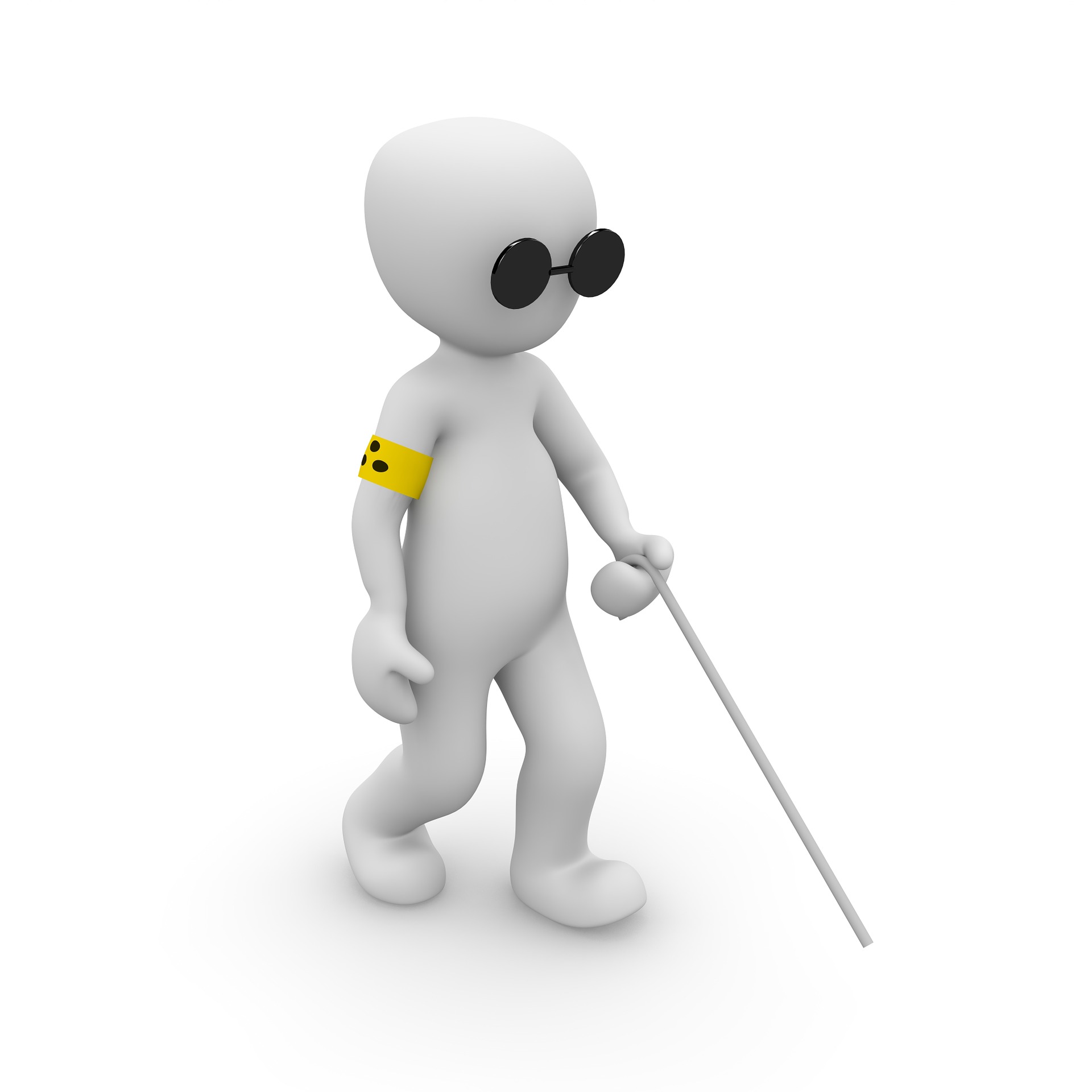What Is Shortwave Radio?

Before you buy a shortwave radio, you may want to learn a little about it. You can use a battery-powered AM radio or an inexpensive RTL-SDR stick to listen to shortwave broadcasts. You can also convert your car radio to shortwave frequencies with readily available parts. The experts at Pan American Broadcasting have put together a great piece diving into this subject further.
Listen to international broadcasts
Listening to international broadcasts on shortwave radio can provide insight into the world around us. Nearly every country in the world broadcasts on shortwave, and many countries send out powerful signals that are beamed directly to North America. You can pick up the signals by using a portable shortwave radio. These broadcasts often include news and events that are not typically covered by the mainstream media. Shortwave signals travel thousands of miles through the atmosphere. As a result, they may be subject to static or fading. Moreover, they are often affected by solar activity and the time of day. This makes it essential to choose a shortwave radio with a good frequency range, as some shortwave stations will change frequencies and languages often.
Shortwave broadcasts have a long history, going back to the early 1900s. Philips Radio’s PCJJ was one of the first to broadcast internationally, and shortly afterwards, Germany and Italy followed suit. By the late 1920s, the BBC began broadcasting on shortwave as the “BBC Empire Service” with programs aimed at English-speaking listeners. By 1939, Radio Moscow was also broadcasting on shortwave in English. In the United States, the Voice of America began broadcasting on shortwave in 1942, following its entry into World War II. Its initial broadcasts included the popular musical theme of Yankee Doodle.
Learning to listen to shortwave radio is relatively easy but requires patience. Typically, you’ll need to sift through multiple channels to find the right one or use a handbook to search for a particular frequency. Fortunately, most shortwave radios now come with a handbook and a guide on universal time, which will make it easier to find the right stations and frequency.
Although some frequencies are easy to hear, others are very hard to pick up. In addition, there are some countries that do not use English on their shortwave broadcasts, and others share frequencies with other countries. Even if they do, it’s likely that you won’t hear their broadcasts completely.
Keep track of broadcasts
Using a shortwave radio requires keeping track of broadcasts. Fortunately, it is now possible to look up a station’s broadcast schedule on the Internet. The key is to know the correct time in the correct country. Most shortwave radios come with a guide or handbook that tells you the time in the world and which frequencies are broadcasting. The handbook will also tell you when a specific station will be on the air.
Shortwave radios can be difficult to hear during specific times of the day. Many shortwave stations are non-commercial and can be heard all over the world. In addition, shortwave broadcasts can pick up some wacky content. You may pick up the voices of mystery numbers or conspiracy theorists. Shortwave radios can also help you learn about the latest news from other countries.
Shortwave radio is also a great way to reach people in remote areas who don’t have access to the internet. Unlike traditional radio, shortwave radio is available in every country, and it can often bypass censorship and political restrictions. According to the International Shortwave Club, approximately 350 million people worldwide have shortwave radios.
You can tune in to shortwave radio frequencies to hear all kinds of broadcasts. You must ensure that you have the correct frequency band for your shortwave radio. Analog tuners are not as accurate as their digital counterparts, so you will have to be careful with the frequencies you tune into. By listening in, you will be able to learn more about broadcasters and their locations.
Shortwave radios are the ideal way to stay up to date on world events. While some broadcasts are broadcasted by the government, there are some that aren’t. These are broadcasted by smaller shortwave radio stations that are free of government control and may offer a unique perspective on the world.
While the number of shortwave broadcasts has declined, it is still a valuable medium for broadcasters. Although some major broadcasters have stopped using the SW bands, others, such as Voice of America, are continuing their broadcasts. The number of dedicated shortwave listening clubs and print magazines has decreased, but many SW enthusiasts continue to communicate on the web.
Tune in to the correct frequency
If you’re new to shortwave radio, it’s easy to get confused about the bands and frequencies. Many radios have the frequencies clearly labeled, but others do not. Each shortwave radio band will transmit different signals depending on various factors, including the earth’s wavelength. In addition, the same band may be best to listen to during various hours of the day.
Shortwave radio is an excellent way to stay connected, even if you’re not traveling. It can be used as a communications tool to receive a variety of broadcasts, from amateur radio broadcasts to military communications. You can find information on different world events, including terrorist activities, earthquakes, and other weather events. The BBC also broadcasts news service on a shortwave frequency, making it an excellent way to stay informed.
You can find the schedule of shortwave broadcasts online. However, it’s best to have a good antenna so you can get a wider range and higher sound quality. The shortwave radios usually come with handbooks that have information about the Universal Time and the frequency range. The handbooks also contain information about the broadcast days and times, as well as information about the broadcasting station and its target region. Shortwave radios work much like standard radios, but they have multiple bands that are not available to regular listeners.
Shortwave radio is a good way to access a variety of news, culture, and music. This technology allows you to listen to radio stations from remote regions of the world. Compared to regular radios, shortwave is much more powerful, and can travel much farther than normal radio waves.
The correct frequency of shortwave radio varies depending on the propagation of the signal. Generally, a 2.5 MHz signal will work best in areas within a few hundred miles of the broadcast site. Similarly, 15 and 20 MHz frequencies will work well during the day. At night, the most reliable frequencies are five and 10 MHz, as they are broadcast with higher power.
Shortwave radio is perfect for those who like to keep abreast of world events. However, getting the right frequency to listen to shortwave radio broadcasts is a challenge. It is necessary to learn some techniques that can make listening to shortwave radio an enjoyable experience.
Match the antenna direction
When using shortwave radio, it is important to match the antenna direction to the station. The reason for this is that the station’s signal will be focused on the correct antenna. Using the wrong antenna can cause poor coverage. To avoid this problem, make sure to use an antenna with the correct main lobe direction.
If you are not sure how to do this, it is recommended to check the antenna’s SWR meter. You can find an antenna SWR meter by looking for a switch labeled “SET” or “ADJUST.” Then, use the SWR meter to read the SWR. Be sure to record the readings.





